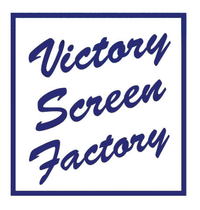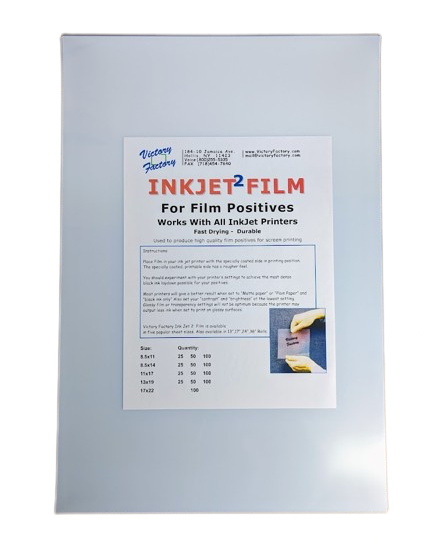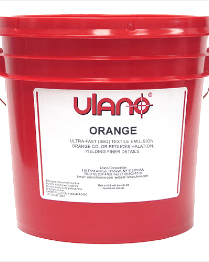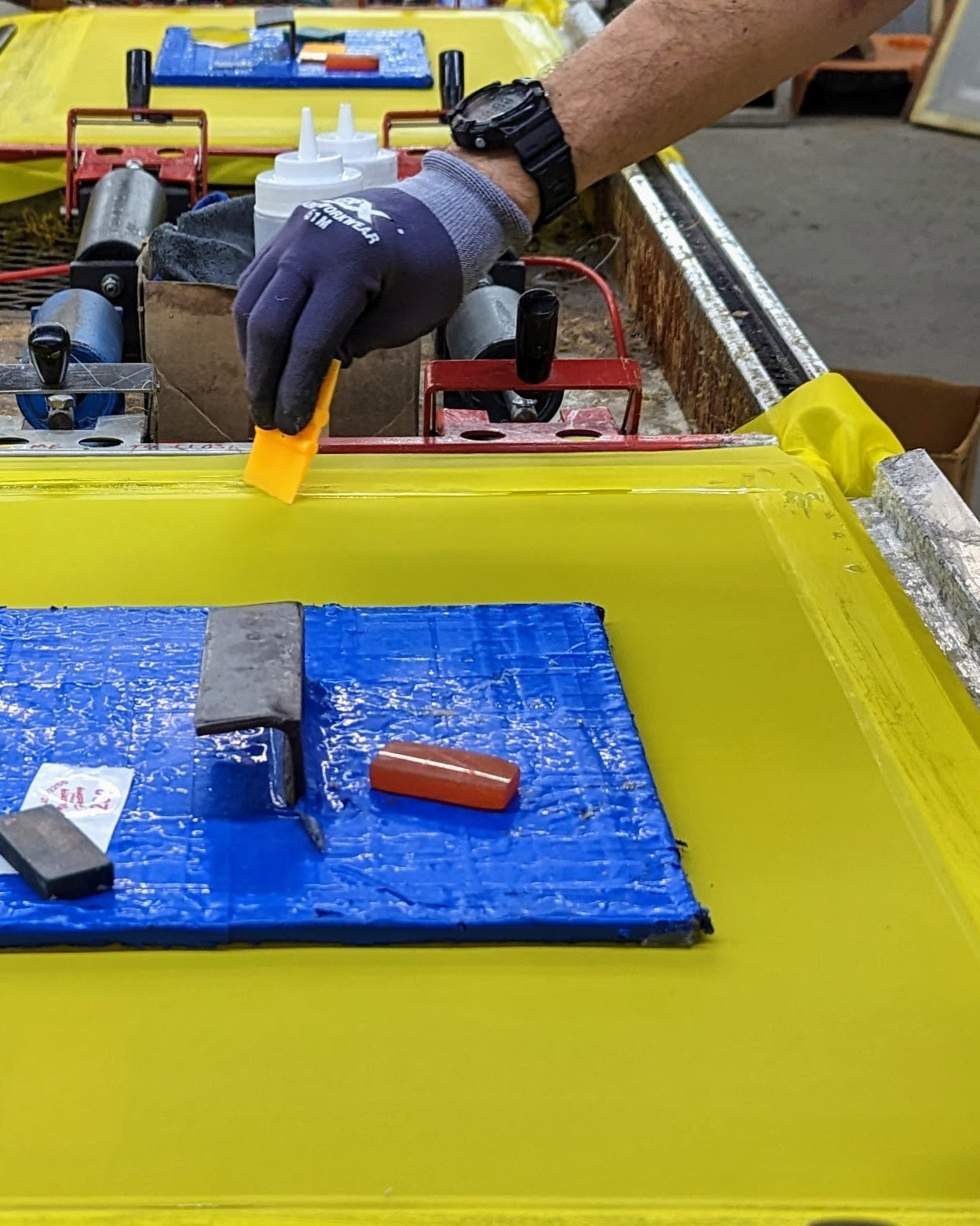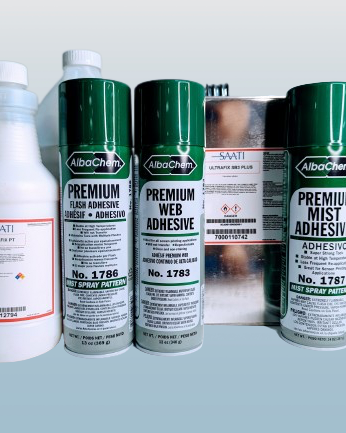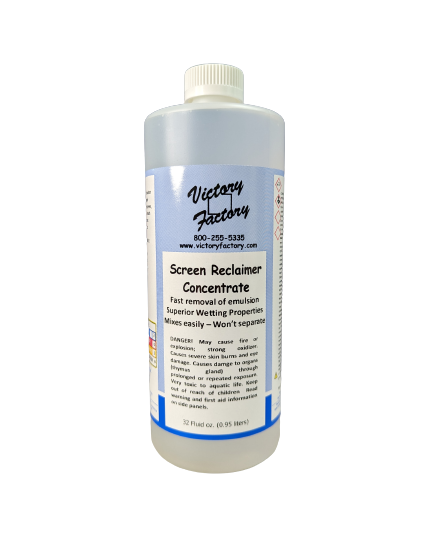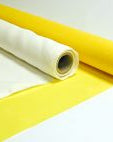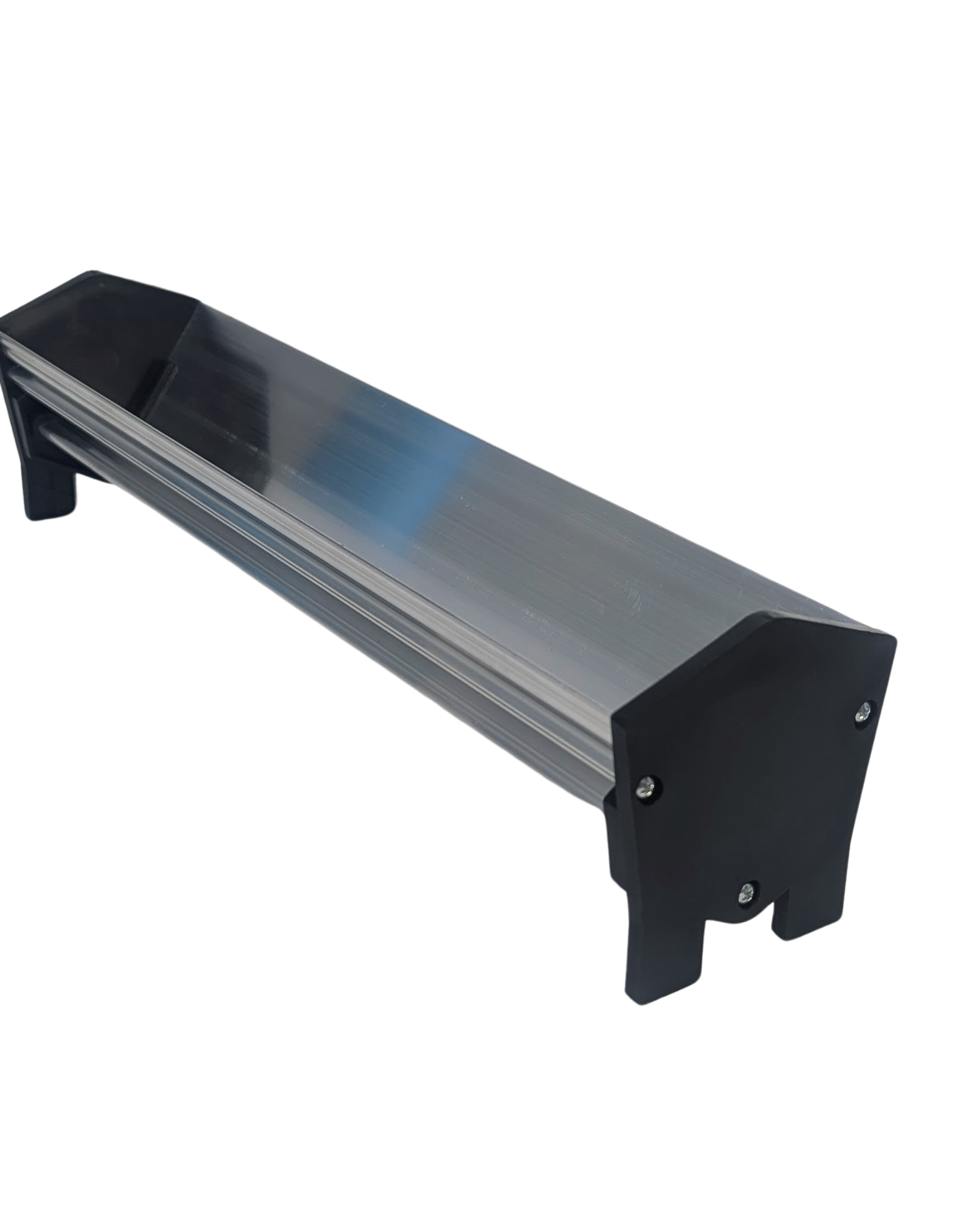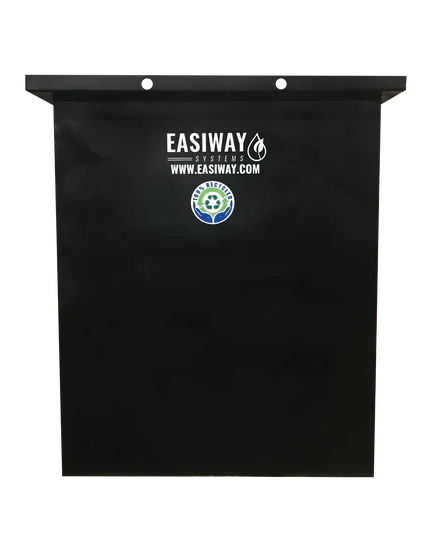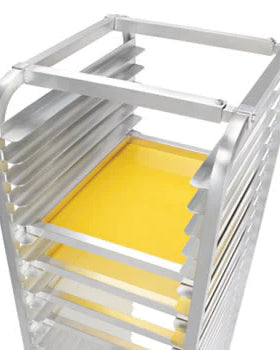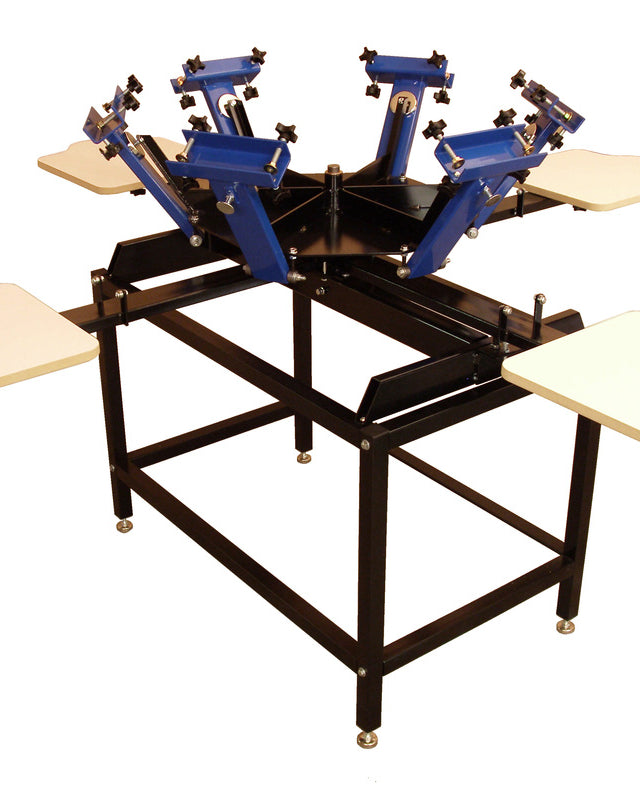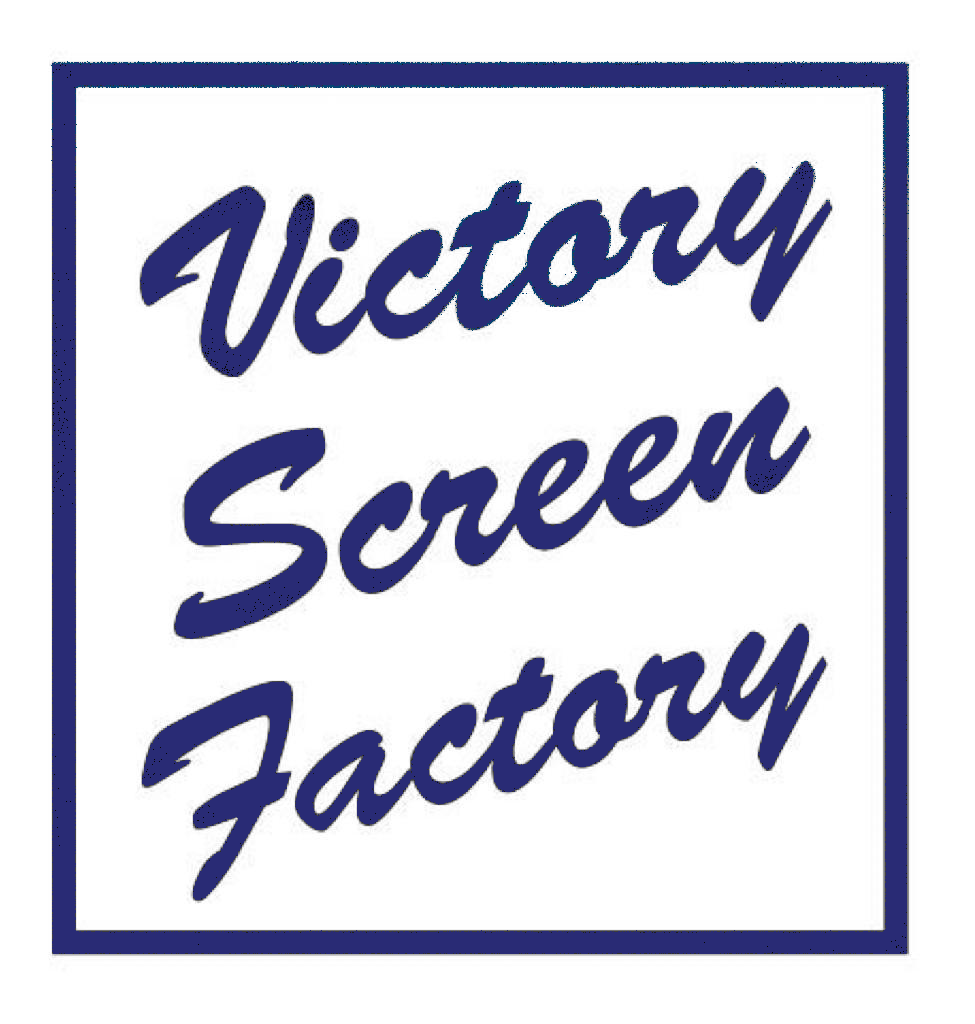Screen printing is a popular printing method that is used to create high-quality prints on various materials, including fabric, paper, and plastic. One of the most crucial aspects of screen printing is the type of screen used in the process. The screen is the foundation of the printing process, and it determines the quality and durability of the print. Understanding the different types of screens available for screen printing is essential if you want to achieve the best results possible. In this article, we'll be taking a closer look at the different types of screens used in screen printing and how they impact the final print. Whether you're a seasoned screen printer or just starting, this guide will equip you with the knowledge you need to make informed decisions when it comes to choosing the right screen for your next project. So, let's dive in and explore Screen Printing 101: Understanding the Different Types of Screens for Your Prints.
 Two main types of screens are commonly used in screen printing: polyester and nylon. Each material has its own advantages and disadvantages. Polyester screens are known for their durability and chemical resistance, as well as their ability to maintain tension better than nylon screens. On the other hand, nylon screens are more affordable and easier to stretch. Because of their elasticity the nylon screens are used for printing on shaped substrates.
Additionally, the mesh count of the screen plays a significant role in the printing process. The mesh count refers to the number of threads per inch in the screen. Higher mesh counts allow for finer details in the print but require more pressure to force the ink through the screen.
Two main types of screens are commonly used in screen printing: polyester and nylon. Each material has its own advantages and disadvantages. Polyester screens are known for their durability and chemical resistance, as well as their ability to maintain tension better than nylon screens. On the other hand, nylon screens are more affordable and easier to stretch. Because of their elasticity the nylon screens are used for printing on shaped substrates.
Additionally, the mesh count of the screen plays a significant role in the printing process. The mesh count refers to the number of threads per inch in the screen. Higher mesh counts allow for finer details in the print but require more pressure to force the ink through the screen.
Selecting the appropriate screen for your print is crucial for achieving high-quality and durable results. Consider factors such as the type of image you are printing, the type of ink you are using, and the material you are printing on. For fine details and halftones, opt for a higher mesh count screen, while lower mesh counts are suitable for thicker inks like white or metallic inks.
Table of Contents
- Importance of screens in screen printing
- Types of screens - mesh count and material
- Differences between mesh counts
- Choosing the right screen for your print
- Preparing screens for printing
- Maintaining and cleaning screens
- Troubleshooting common screen printing issues
- Advanced techniques for screen printing
- Conclusion
- FAQs
Importance of screens in screen printing
Screen printing is a versatile and widely used printing technique that relies heavily on screens. Screens serve as the backbone of the screen printing process as they hold the stencil in place and allow the ink to pass through onto the material's surface. The quality of the screen directly impacts the quality of the print, making it crucial to choose the right screen for achieving high-quality and durable prints.Types of screens for printing - mesh count and material
 Two main types of screens are commonly used in screen printing: polyester and nylon. Each material has its own advantages and disadvantages. Polyester screens are known for their durability and chemical resistance, as well as their ability to maintain tension better than nylon screens. On the other hand, nylon screens are more affordable and easier to stretch. Because of their elasticity the nylon screens are used for printing on shaped substrates.
Additionally, the mesh count of the screen plays a significant role in the printing process. The mesh count refers to the number of threads per inch in the screen. Higher mesh counts allow for finer details in the print but require more pressure to force the ink through the screen.
Two main types of screens are commonly used in screen printing: polyester and nylon. Each material has its own advantages and disadvantages. Polyester screens are known for their durability and chemical resistance, as well as their ability to maintain tension better than nylon screens. On the other hand, nylon screens are more affordable and easier to stretch. Because of their elasticity the nylon screens are used for printing on shaped substrates.
Additionally, the mesh count of the screen plays a significant role in the printing process. The mesh count refers to the number of threads per inch in the screen. Higher mesh counts allow for finer details in the print but require more pressure to force the ink through the screen.
Differences between mesh counts
Different mesh counts are suitable for different types of prints. Lower mesh counts such as 110 are ideal for printing thick and opaque inks like white or metallic inks. These inks require more pressure to pass through the screen, and a lower mesh count facilitates this process. Higher mesh counts like 230, on the other hand, are used for printing fine details and halftones, allowing for more precise and intricate prints. Read here more about mesh.Choosing the right screens for your printing
Preparing screens for printing
Properly preparing screens is essential for achieving optimal print quality. Start by stretching the screen onto the frame, attaching it securely and applying tension using a stretching tool. Once the screen is stretched, the stencil is then attached to the screen, blocking out areas where the ink should not pass through. Stencils can be created using various materials such as emulsion, film, or even paper.Maintaining and cleaning screens
Maintaining and cleaning screens is vital for prolonging their lifespan and ensuring high-quality prints. After each use, screens should be cleaned to prevent ink from drying and clogging the mesh. To clean a screen, use a screen cleaning solution and a brush to scrub off the ink. Thoroughly clean both sides of the screen. Once clean, rinse the screen with water and allow it to dry before reuse.Troubleshooting common screen printing issues
Screen printing, like any printing method, can encounter certain challenges. Here are some common issues and troubleshooting tips:- Ink bleeding: If you experience ink bleeding or smudging, check the tension of the screen and ensure it is properly stretched. Adjust the tension as needed. Additionally, consider using a higher mesh count screen to minimize ink bleeding.
- Ink not passing through the screen: If the ink doesn't pass through the screen, check the mesh count. A mesh count that is too high might restrict ink flow. Consider using a lower mesh count screen for better ink transfer.
- Uneven prints: Uneven prints can result from improper screen tension or inconsistent pressure during the printing process. Ensure the screen is tightly stretched and apply even pressure while printing.
Advanced techniques for screen printing
Once you've mastered the basics of screen printing, you can explore advanced techniques to enhance your prints. Here are a few techniques to consider:- Multi-color prints: Utilize multiple screens and stencils to create prints with multiple colors. Each color requires a separate screen and stencil.
- Halftones: Create gradients and subtle shading effects using halftones. Halftones involve using a series of dots to create the illusion of continuous tones.
- Special effects inks: Add uniqueness to your prints with special effects inks like metallic or glow-in-the-dark inks. These inks can make your prints visually striking and captivating.
